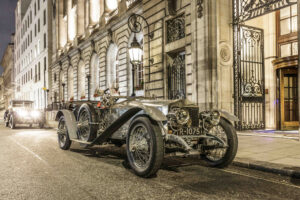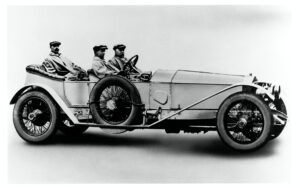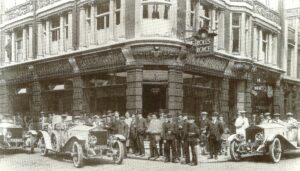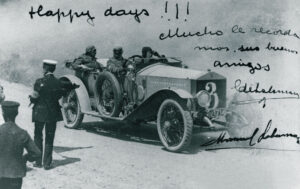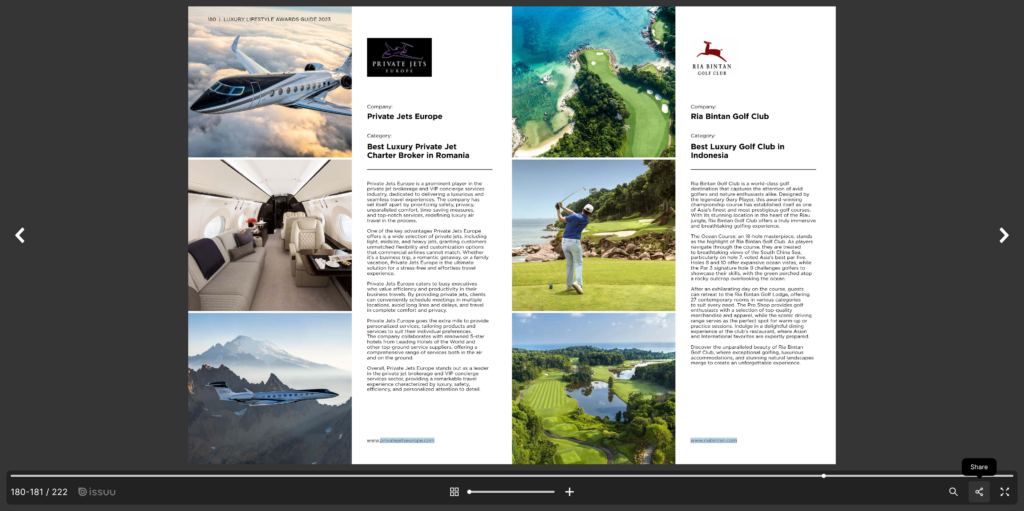Iceland, known as the land of fire and ice, is a captivating destination with its stunning landscapes, rich history, and unique culture. In 2024, this Nordic island nation continues to enchant travellers worldwide.
From witnessing the mystic dance of the Northern Lights to trekking across ancient glaciers, beautiful experiences will allow travellers to connect deeply with Iceland’s wild beauty and rich heritage, making every journey unforgettable. And these journeys are not about ticking boxes, but about forging personal connections with the natural world and creating memories that last a lifetime.
Each adventure is heartfelt and deeply personal, making you feel truly valued and connected, and reflect Iceland’s spirit—wild, dramatic, and profoundly beautiful.
While it honors the paths forged by its founder, it also embraces the future, offering eco-friendly travel options and continuously updating its journeys to reflect the best of Iceland.
Best places to visit in Iceland
The Blue Lagoon
Golden Circle
Reykjavik
The Northern Lights
Vatnajökull National Park
Jökulsárlón Glacier Lagoon
Snaefellsnes Peninsula
Landmannalaugar
The Westfjords
Whale Watching

The Blue Lagoon is a geothermal spa located in a lava field near Grindavík. The warm, mineral-rich waters are renowned for their healing properties and milky blue hue. Visitors can soak in the rejuvenating waters while surrounded by Iceland’s breathtaking natural beauty.
Best time to visit: The Blue Lagoon can be enjoyed year-round due to its geothermal nature. However, it’s particularly magical during the winter months when you can soak in the warm waters while surrounded by snow-covered landscapes.
Golden Circle
 A must-see for any visitor to Iceland, the Golden Circle is a popular tourist route that covers three iconic attractions: Thingvellir National Park, Geysir Geothermal Area, and Gullfoss Waterfall. Explore the historic site of Thingvellir, marvel at the erupting geysers of Geysir, and witness the powerful cascade of Gullfoss.
A must-see for any visitor to Iceland, the Golden Circle is a popular tourist route that covers three iconic attractions: Thingvellir National Park, Geysir Geothermal Area, and Gullfoss Waterfall. Explore the historic site of Thingvellir, marvel at the erupting geysers of Geysir, and witness the powerful cascade of Gullfoss.
Best time to visit: The Golden Circle attractions are accessible throughout the year. However, the summer months (June to August) offer the most daylight hours for exploration. If you want to avoid crowds, consider visiting during the shoulder seasons of spring (April to May) or autumn (September to October).
Reykjavik

Iceland’s vibrant capital city, Reykjavik, offers a blend of modern amenities and Icelandic charm. Take a stroll through the colourful streets lined with quaint shops, cafes, and art galleries. Don’t miss landmarks like Hallgrímskirkja Church and the Harpa Concert Hall. And be sure to sample Icelandic cuisine at one of Reykjavik’s many restaurants.
Best time to visit: Reykjavik is a year-round destination, with each season offering its own unique charm. Summer (June to August) brings long daylight hours and mild temperatures, perfect for outdoor activities. Winter (December to February) offers the chance to see the Northern Lights and enjoy cosy cafes and cultural events.
The Northern Lights

Witness the magical display of the Northern Lights dancing across Iceland’s night sky. Iceland is one of the best places in the world to witness the mesmerising Northern Lights, also known as the Aurora Borealis. Head away from city lights to dark, remote locations for the best chance of seeing this natural wonder illuminate the night sky with swirling ribbons of green, blue, and purple.
Best time to experience: The best time to see the Northern Lights in Iceland is during the winter months, from late September to early April. The long, dark nights provide optimal viewing conditions, especially during periods of high solar activity.
Vatnajökull National Park

Explore the largest national park in Iceland, home to Vatnajökull, Europe’s largest glacier. Discover dramatic ice caves, rugged mountain landscapes, and powerful glacial rivers. Outdoor enthusiasts can enjoy hiking, glacier climbing, and ice cave exploration amidst this breathtaking wilderness.
Best time to visit: Vatnajökull National Park is best visited during the summer months (June to August) when hiking trails are accessible and weather conditions are most favourable. However, guided glacier tours and ice cave exploration are available in the winter months as well.
Jökulsárlón Glacier Lagoon

Marvel at the otherworldly beauty of Jökulsárlón Glacier Lagoon, where shimmering icebergs float serenely against a backdrop of snow-capped mountains. Take a boat tour to get up close to the icebergs or soak in the tranquillity of this stunning natural wonder.
Best time to visit: Like Vatnajökull National Park, Jökulsárlón Glacier Lagoon is accessible year-round. Summer offers the chance to see icebergs under the midnight sun, while winter provides a magical backdrop of snow and ice.
Snaefellsnes Peninsula

Often referred to as “Iceland in miniature,” the Snaefellsnes Peninsula offers a diverse range of landscapes, from volcanic craters to black sand beaches. Visit the iconic Kirkjufell mountain, explore lava fields, and keep an eye out for wildlife such as seals and seabirds along the coastline.
Best time to visit: The Snaefellsnes Peninsula can be visited year-round, but summer (June to August) is ideal for hiking and exploring the diverse landscapes. Spring and autumn offer quieter conditions and the chance to see migrating birds.
Landmannalaugar

A paradise for hikers and nature lovers, Landmannalaugar is a remote highland region famous for its colourful rhyolite mountains, hot springs, and epic hiking trails. Trek through surreal landscapes of lava fields, geothermal vents, and steaming hot springs for an unforgettable adventure.
Best time to visit: Landmannalaugar is only accessible by road during the summer months (late June to early September) when the Highland roads are open. This is the best time for hiking and camping in the area.
The Westfjords

Escape the crowds and discover the raw beauty of Iceland’s Westfjords region. With its dramatic cliffs, fjords, and remote fishing villages, this rugged area offers a glimpse into Iceland’s untamed wilderness. Hike along coastal trails, visit bird cliffs teeming with seabirds and immerse yourself in the tranquillity of nature.
Best time to visit: The Westfjords are best visited during the summer months (June to August) when roads are clear of snow and outdoor activities are in full swing. However, if you’re seeking solitude and dramatic winter landscapes, the region can be visited in the offseason as well.
Whale Watching

Go on a whale-watching excursion from ports such as Reykjavik or Husavik for the chance to encounter majestic marine life such as humpback whales, minke whales, and orcas. Experienced guides will take you out to sea for an unforgettable wildlife encounter.
Best time to see: Whale-watching tours operate year-round from ports such as Reykjavik and Husavik. The summer months (June to August) offer the best chance to see a variety of whale species, including humpback whales and minke whales. However, some species, like orcas, can be seen during the winter months as well.
Iceland is sure to captivate your imagination and leave you with memories to last a lifetime.
PJE
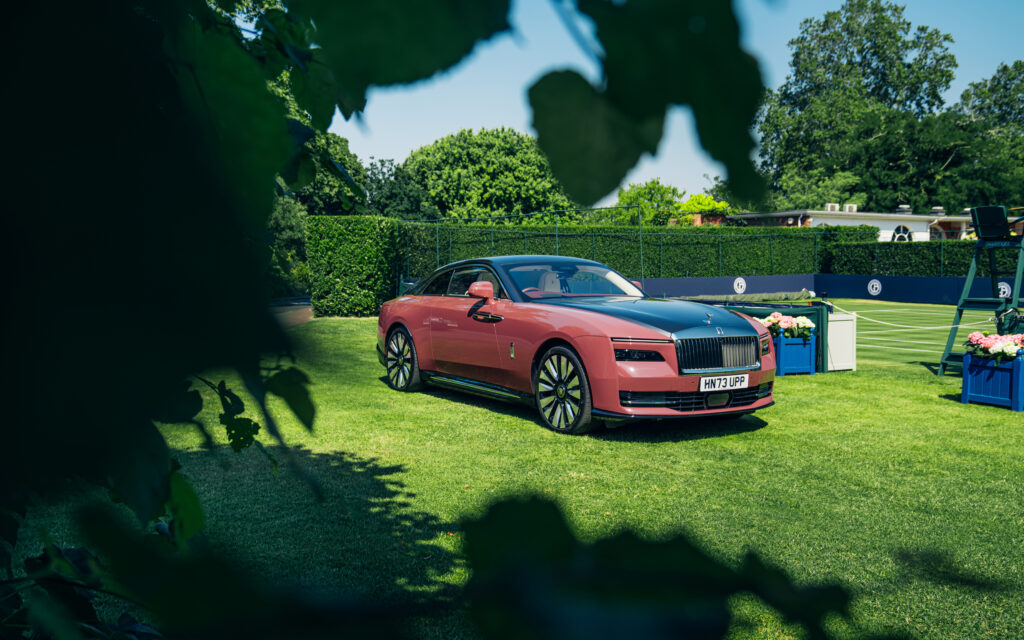

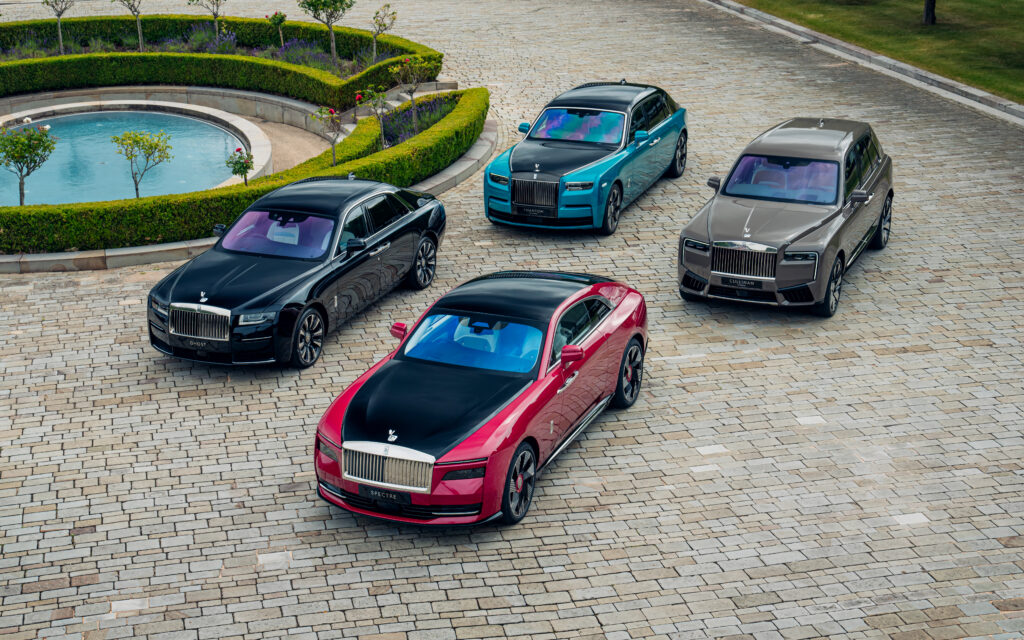
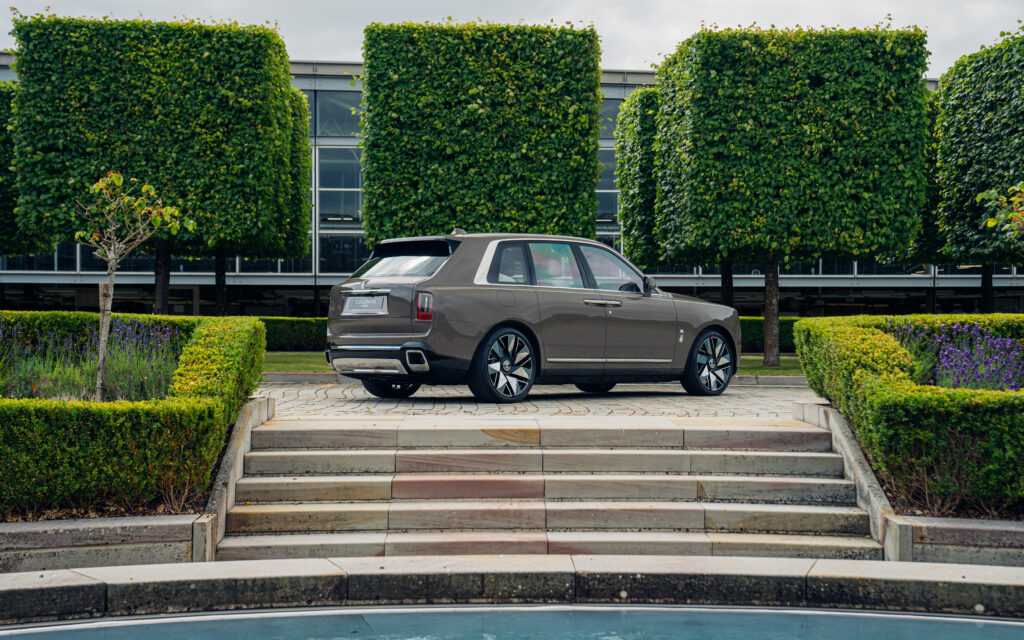
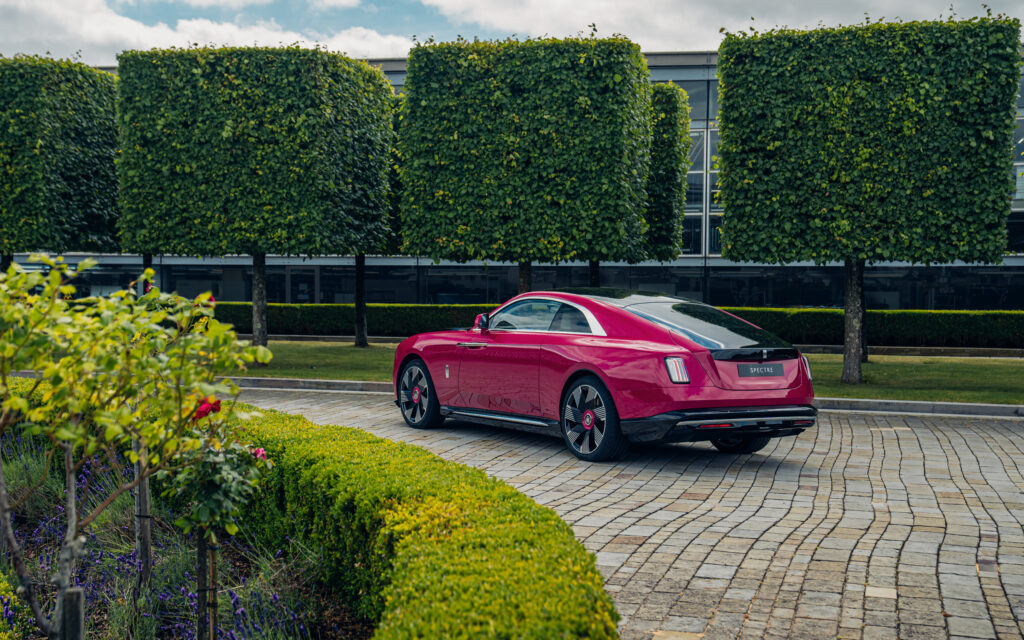
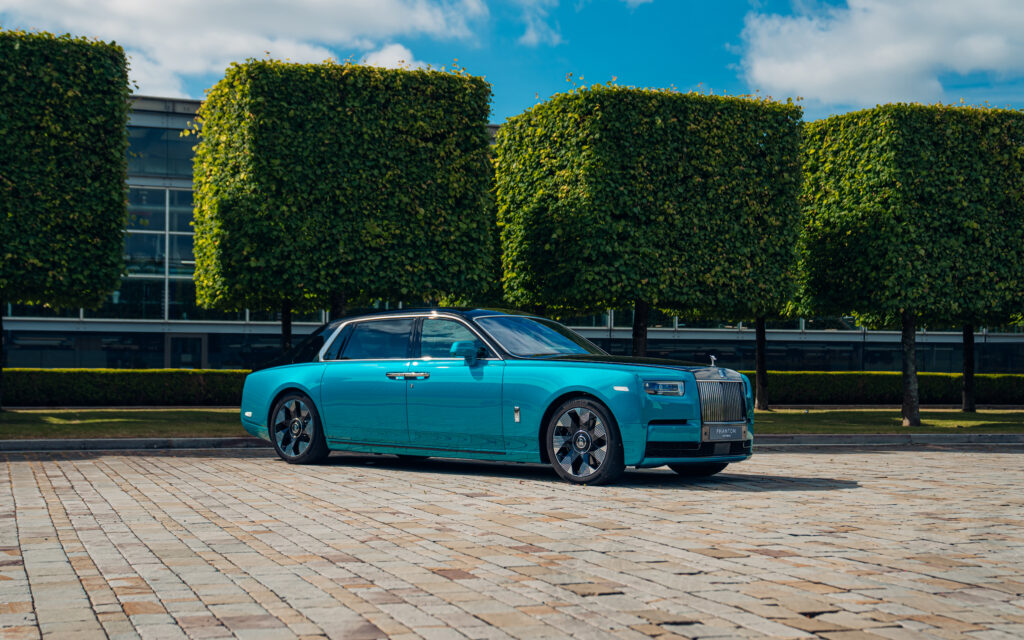
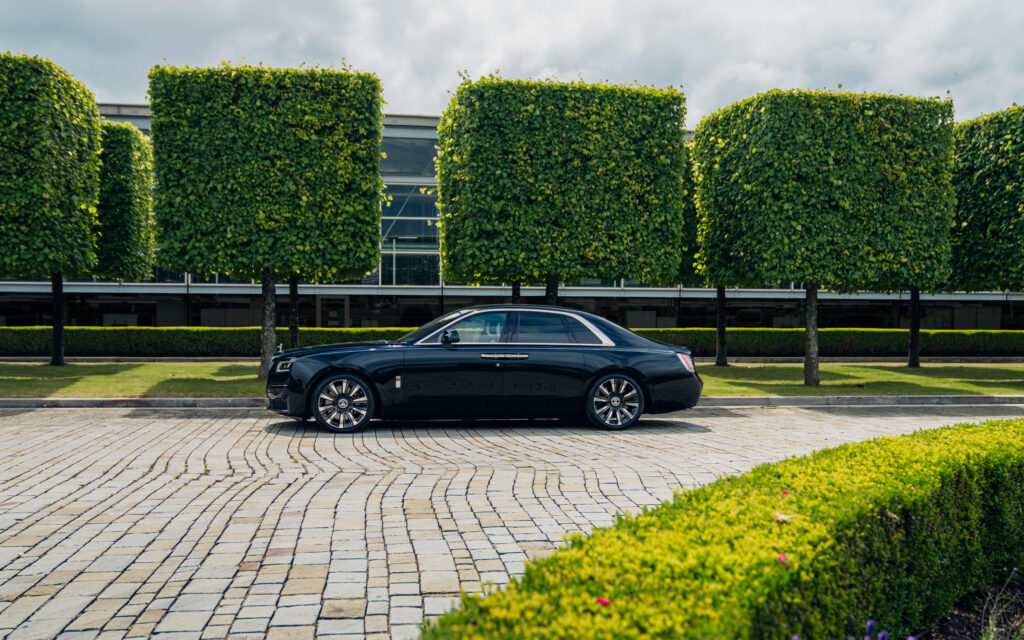
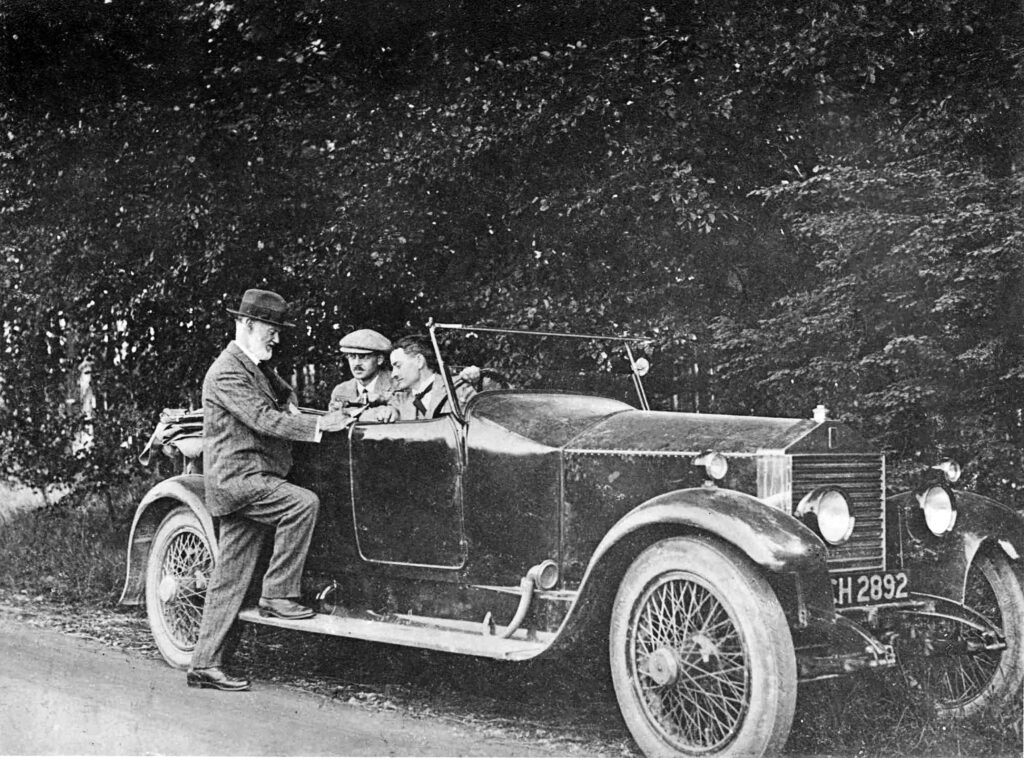
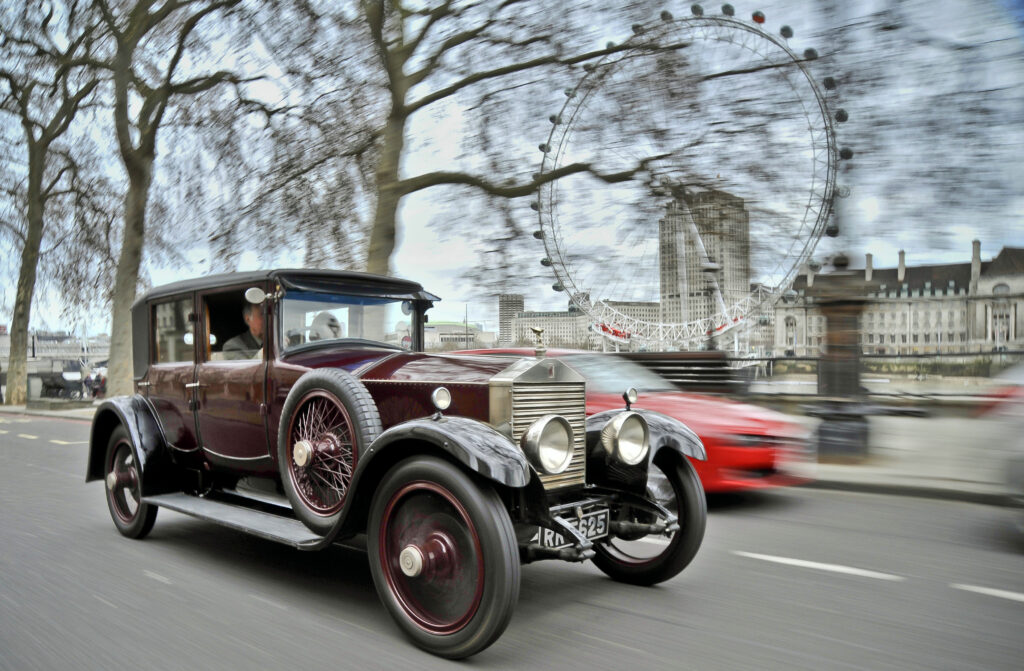

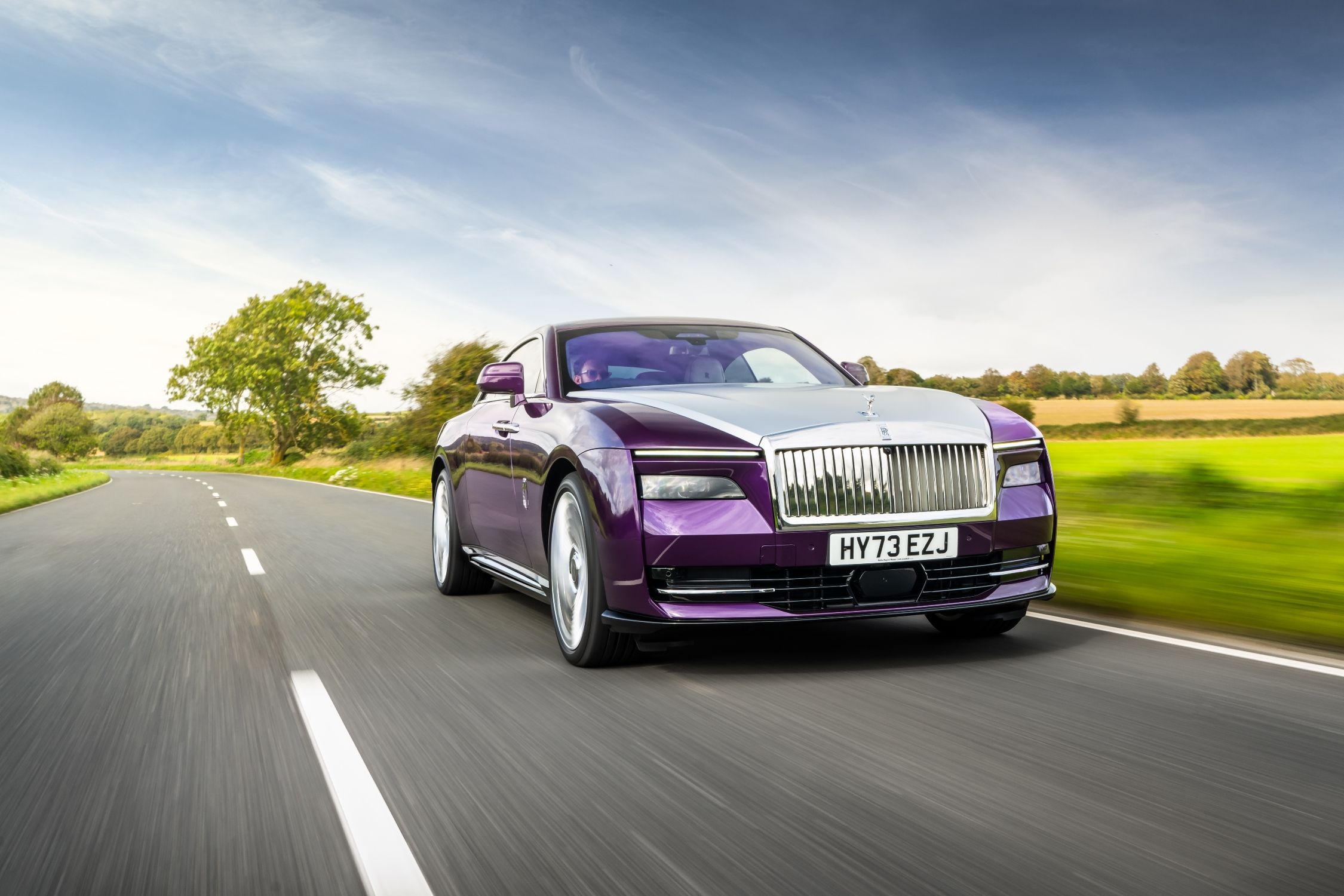
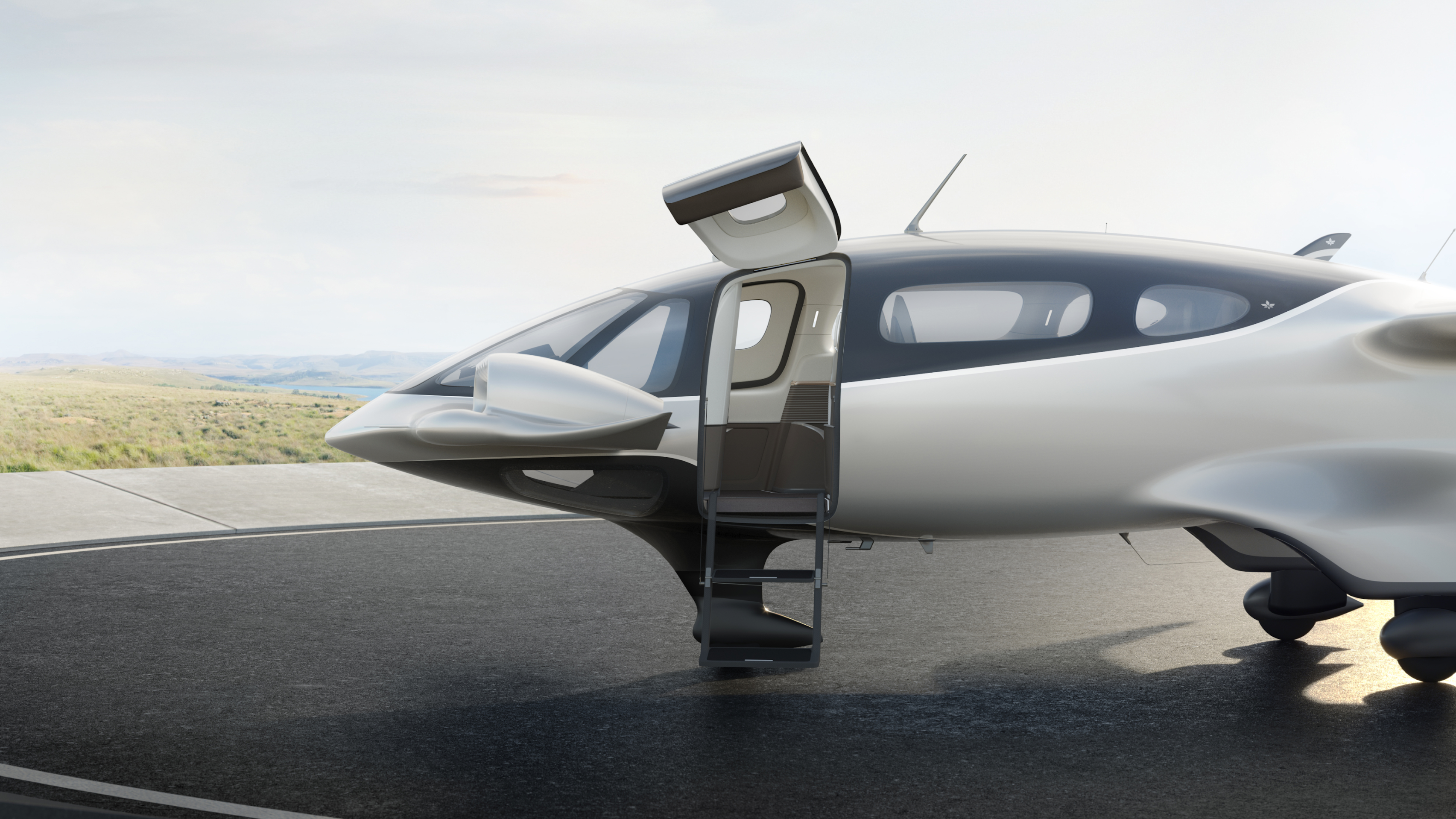


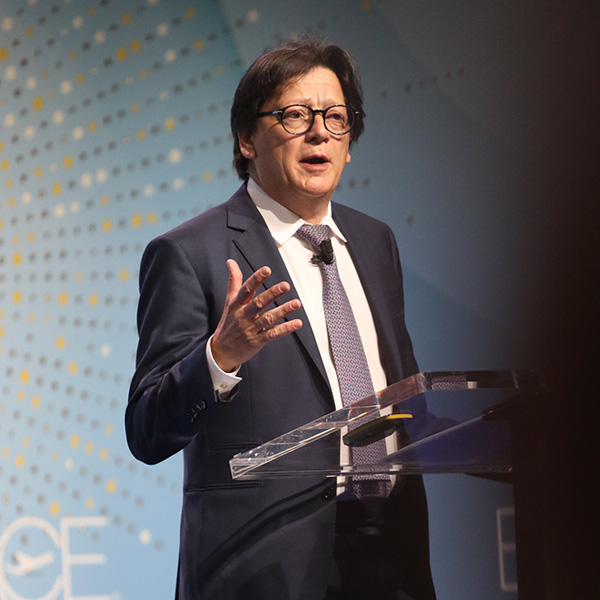


 A must-see for any visitor to Iceland, the Golden Circle is a popular tourist route that covers three iconic attractions: Thingvellir National Park, Geysir Geothermal Area, and Gullfoss Waterfall. Explore the historic site of Thingvellir, marvel at the erupting geysers of Geysir, and witness the powerful cascade of Gullfoss.
A must-see for any visitor to Iceland, the Golden Circle is a popular tourist route that covers three iconic attractions: Thingvellir National Park, Geysir Geothermal Area, and Gullfoss Waterfall. Explore the historic site of Thingvellir, marvel at the erupting geysers of Geysir, and witness the powerful cascade of Gullfoss.







